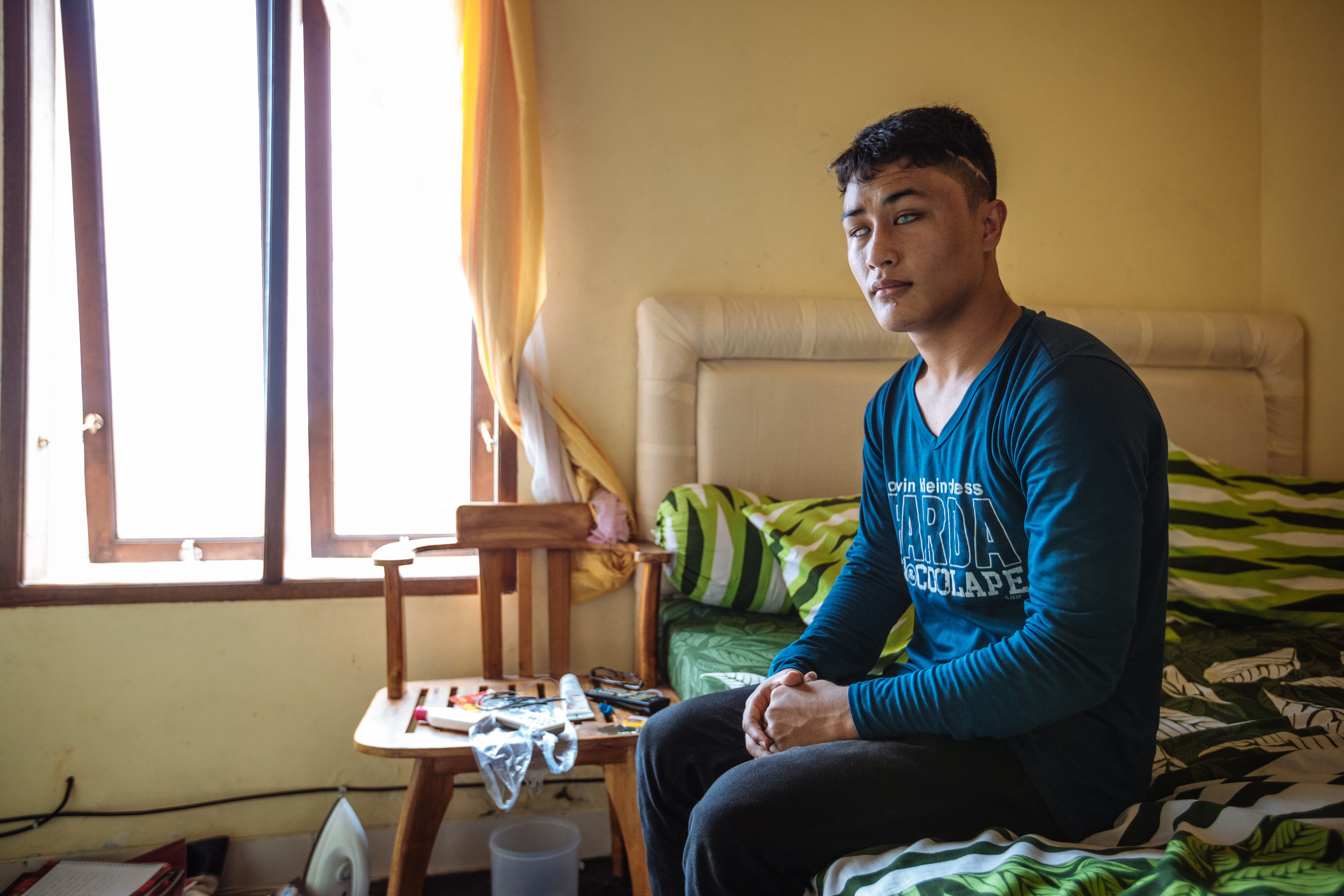All Under One Roof
1.1 How to use this resource
The new guidance aims to follow the humanitarian programme cycle more closely and, in that way, align with the IASC Guidelines on Inclusion of Persons with Disabilities in Humanitarian Action. The main materials will remain online as part of the Global Shelter Cluster website, however there is potential for downloading specific sections and importantly, the checklists.
These core guidance materials are broken up into three main sections. The first focuses on mainstreaming disability inclusion in the process of planning and implementing shelter and settlements responses. The second describes design standards and practical solutions for accessibility in shelter and settlement interventions. The third and final section talks about considerations for different modes of delivery for shelter and settlements interventions.
The primary target group for these materials are humanitarian shelter and settlement practitioners looking to improve the inclusivity of their programmes. It will also be useful for local government and other national and local actors looking at improving shelter and settlement programmes.
The guidance is intended to offer practical recommendations to shelter actors that relate to programming. It complements and is intended to link to other overarching frameworks and guidance (refer Annex 1) and case studies that will also be collected and stored on this hub, in this way the materials hope to contribute to wider humanitarian efforts around disability inclusion.

